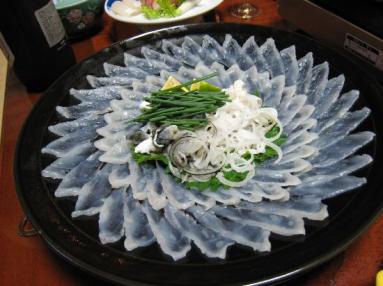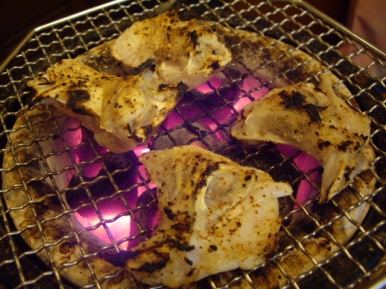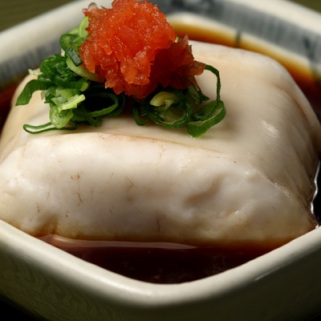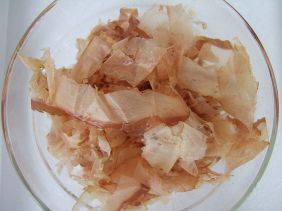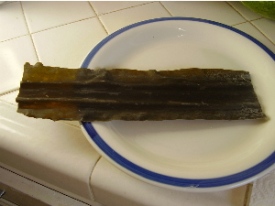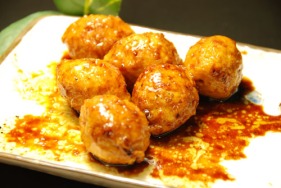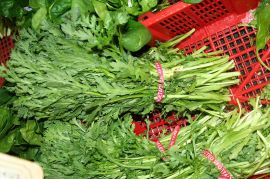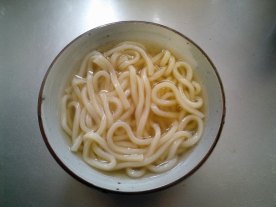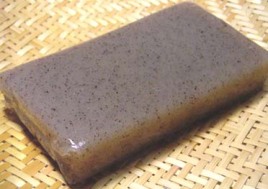It has been nearly 65 years since the end of World War II, but old alliances and agreements remain in place. One is the bilateral security treaty between Japan and the United States, which currently states that America’s military base, Futenma, will be moved sometime early next year to another spot in Okinawa. While the U.S. expects this to happen, Japanese politicians look like they’re trying to get something otherwise.
As to exactly what Japan’s stance is towards the United States and the relocation of Futenma military base it has not yet been formally announced. Prime Minister Hatoyama made a statement last night requesting that he meet with Barack Obama. Each newspaper had a slightly different take on the situation, and what could possibly be said at a meeting between the Japanese Prime Minister and Barack Obama.
Asahi “The Government’s Policy for Futenma will be communicated to America before the COP meeting” The Asahi, along with the Yomiuri and the Nikkei, reported on the general comments made by the prime minister. He addressed that he would like to meet directly with Barack Obama before the COP meeting on climate change to talk about Futenma. “If I could meet with the president at COP I’d be grateful. Obviously before this I’d have to explain our government’s stance, and I’d also like the opportunity of getting understanding from America.”
While the Asahi reported on the less decisive comments made by the Prime Minister, they also highlighted some stronger opinions. “Now is the time to finally say to America our stance on the issue.” “It’s not that simple as you know, we have an alliance with America, and the expectations of the people of Okinawa are elsewhere.”
Nikkei “Futenma: before COP a policy will be announced” The Nikkei also reported that the Prime Minister would like to talk with President Barack Obama, and would like American understanding for Japanese sentiment in Okinawa.
However the language used by the Nikkei was softer than the Asahi’s, and less decisive. “I would like to bring to life a policy that would decrease the weight of the Okinawan people.” The Nikkei left out the fact that America’s alliance and the Okinawa people’s thoughts are two different things.
Yomiru “The policy for Futenma will need to be decided before the COP15 summit” The Yomiuri, while mentioning the general comments made by the prime minister along with the Nikkei and Asahi, focused on comments made by others within the DPJ (Democratic Party of Japan).
The Chief Cabinet Secretary claimed “The issue in Okinawa is trying to reduce the danger and noise produced by an American base.” And lastly Ozawa-san, the Chief Secretary of the Party, said “with every new ruling party comes a new way of doing things, and a new way of forming alliances.”

